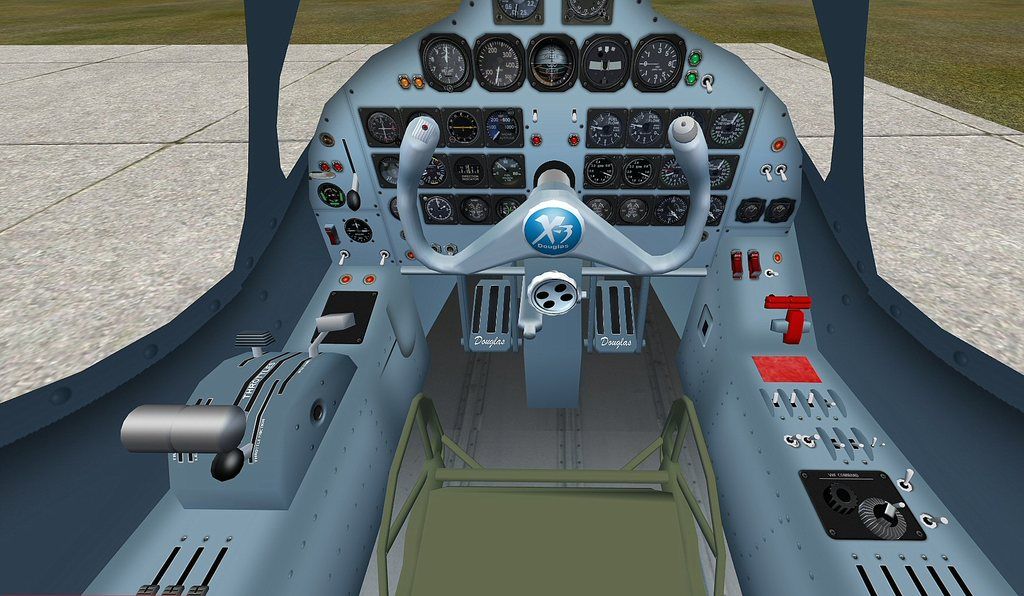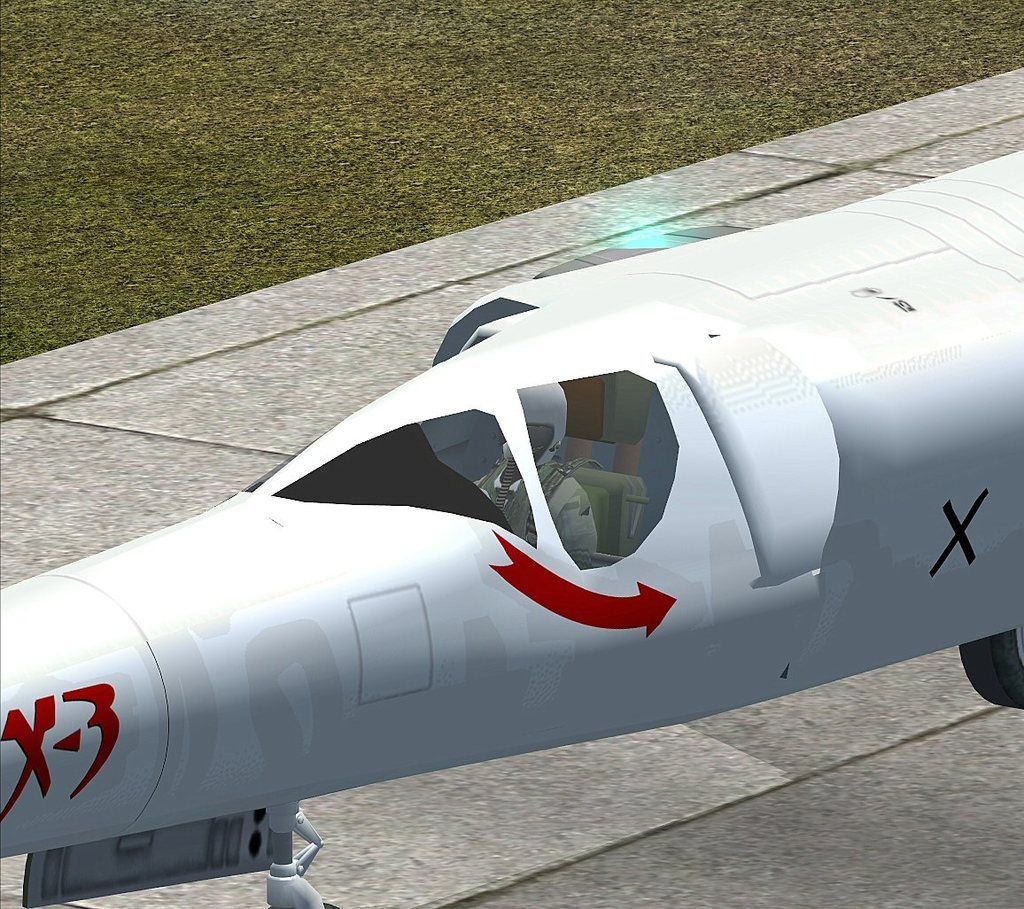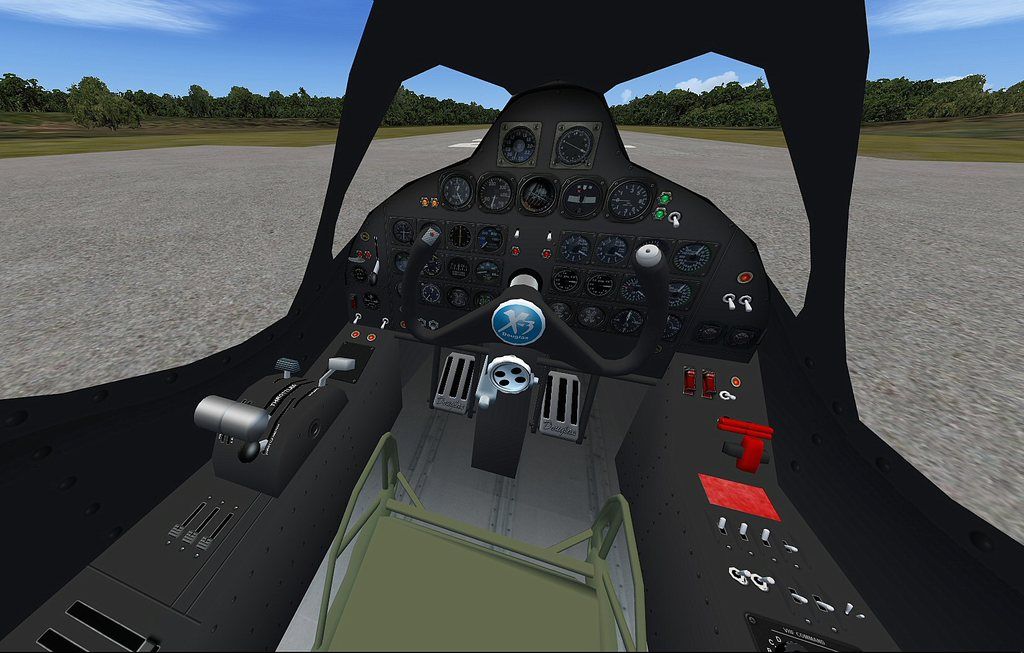falcon409
SOH-CM-2025
I've been piddling with the VC for my own enjoyment. . .cleaning it up, giving it a little better resolution. Given that the airplane was difficult to fly for many reasons discussed in other threads, this one doesn't disappoint, lol. The AP makes it easier, but I found that for some reason once the airspeed drops below 290kias the AP disconnects. No such thing as a long, shallow approach and low TD speeds. Anything below 200kias has you dropping faster than you'd like and the fwd panel obstructs your view if you intend to stay in the VC all the way to TD. The Drag Chute is a nice touch and on a 10,000' ft rwy, touching down at 200kts, I still taxied off before reaching the last turnout.
I plan to redo the exterior as well. I found at least one good Walk-Around site that gives me enough to go by.
I plan to redo the exterior as well. I found at least one good Walk-Around site that gives me enough to go by.





